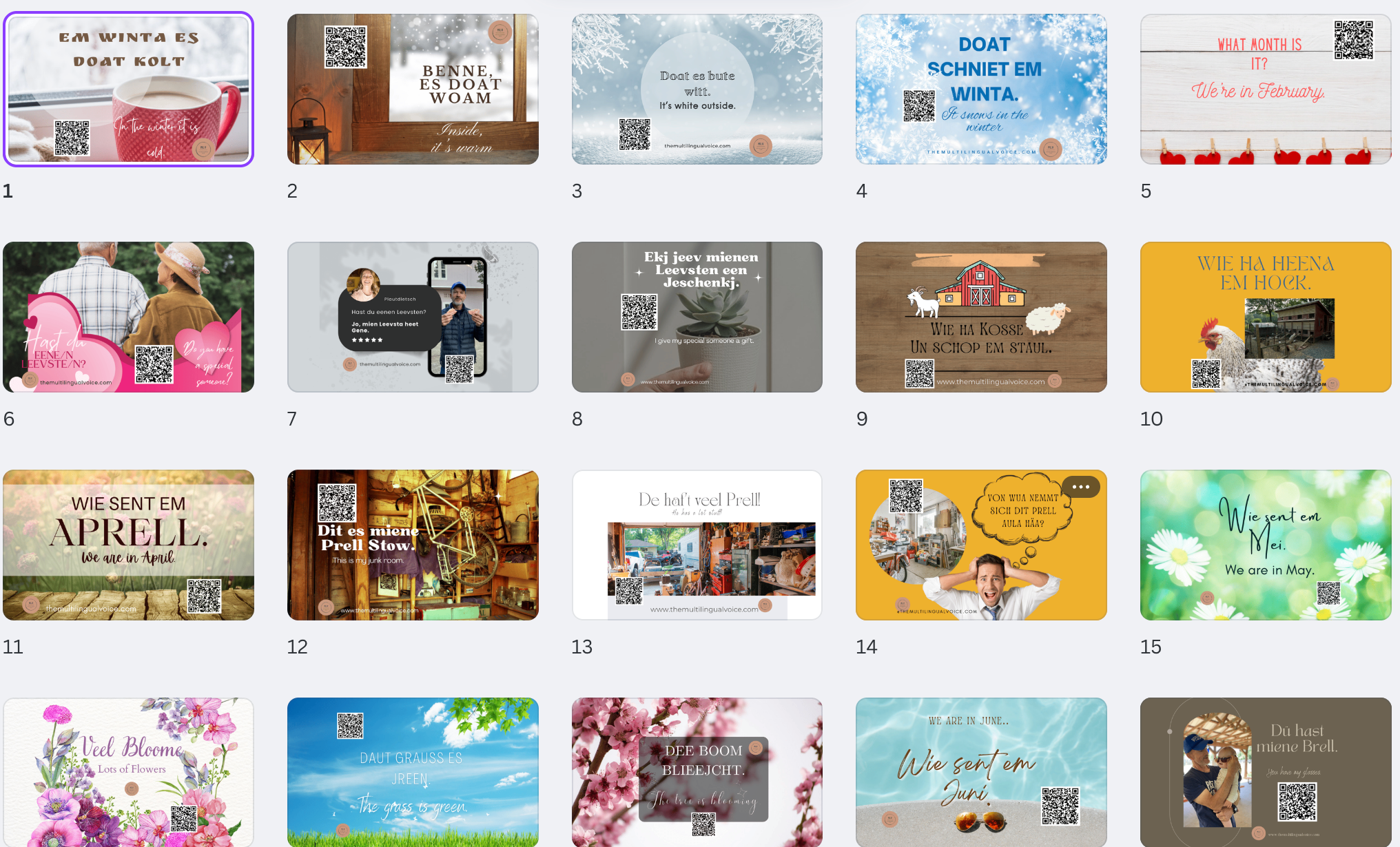7 ways to foster a language learning environment in your classroom


The number of immigrant children is on the rise in our nation, and this means that more multilingual students are enrolled in our schools every year. Are you ready to provide the strategies necessary to keep these students engaged and moving forward in their academic progress? Teachers need to understand the essentials of supporting students in learning a new language. This may seem daunting if you have never learned another language or are unsure how to support a student with the basics of English.
With students new to the language, it’s hard to see them sit there, unable to participate in your class instruction. At the same time, it can be demanding of your time as a teacher to support and follow the progress of those learning English in your classroom. This can become very overwhelming!
I’m here to tell you that you don’t have to go down that slippery slope of thinking that you are the one to make this language learning happen. Simple practices can be incorporated into your instruction to invite students to learn with you, and you don’t have to reinvent the wheel.
In the end, the language learner’s brain will acquire the language, but here are seven important ways to foster a language learning environment without burning your candle at both ends. (😂 as an English Learner myself, I’m never sure if I used the idiom in the proper context, but at least I tried.)
-
Routines
Keep these the same every day. This helps the language learner understand and feel less overwhelmed with following directions. Keeping routines consistent may not feel very interesting, but it allows the language learner to follow directions without understanding the gist. And emotionally, it will also keep them at ease. Language learning puts the learner in a state of discomfort regularly. By maintaining consistent routines in the classroom, we create an environment conducive to language learning because daily routine becomes a little more predictable and allows language learners to follow along through observation.
-
Use and Reuse Visuals
A picture speaks a thousand words. Giving students learning English plenty of visual support will give them an advantage in forming meanings for new words. Printing pictures or drawing your own sketches on chart paper when instructing a new concept will allow students to connect with further information.
Write simple captions under the images to create a reference for the students to use as they put meaning to words. Once visuals have been created, it is great to reuse these for language practice. Let students create their own mini poster by copying the original ‘teacher created’ chart and putting labels or captions on the pictures. This provides practice in gaining familiarity with writing English letters and phrases.
-
Storytelling and retelling stories
Telling simple stories can be told in connection to a science or math unit. Depending on the student's language level, this activity can support the English Learner in speaking the language in a safe environment. Pictures and simple sentences can keep students engaged in learning new material.
Things to remember -
- Students should be allowed to practice retelling a story to a trusted partner or small group
- Provide pictures (don’t have to match perfectly but give a connection to meaning) for students to choose from or give them frames to draw their pictures in sequence with the story.
-
Call-and-response
Transitions are great opportunities to slip academic vocabulary and definitions into our learning. By teaching kids these phrases, they get used to hearing new words and definitions that connect to their learning in a specific subject.
This works well in any content area, and by adding simple motions to the practice, you can help students build their English vocabulary. For example, during a science lesson, the chosen vocabulary word is called out by the teacher, and the students respond with a phrase that gives a simple definition for the word while showing a motion corresponding to the term, i.e., Teacher: “Organism;” Students: “any living thing” (with the added action of something growing) Everyone finishes off together by saying “Organism.”
-
Phrase Huddle
This activity extends the ‘call-and-response’ vocabulary strategy. Students are given 5 minutes to talk to a partner and develop a phrase orally or written to share with the group. You can also take this a step further and have students practice using the vocabulary in a sentence. For example, the word ‘conclusion’ can throw English learners off as it's used differently. The following sentences are common ways for this word to be used in academic settings:
- In conclusion, …
- I concluded that …
Have students practice formulating sentences regularly so that when asked to respond on an assessment, they will already be familiar with using this terminology that might be ‘tricky’ for them to express otherwise.
-
Sentence Frames
These can quickly be put together as students struggle to use a new word in an assignment, and this can often put them into writer’s block.
For example, the word disguise came up the other day in class. I noticed that students needed help with writing a sentence with this word. When I wrote the sentence frame up on the board, ‘he was disguised as a …’ this helped them move forward in completing their thought process. It’s a simple strategy, but it’s amazing how it gets students moving forward with expressing their thoughts.
-
Brain break activities
As I already mentioned, the process of language learning can get exhausting. Having activities that students can go to and freely create or draw provides a brain break and rewards them for their efforts given during the lesson. Here are some activities that will allow students to refresh during the day:
- Coloring
- Puzzles
- Picture sort cards
- Clay or play-dough activities
These seven practices not only provide a rich language learning environment, but they also invite the language learner to stay engaged and motivated when it requires a lot of brain energy to make it through the day.
Stay in touch with more strategies and tips by subscribing to my weekly newsletter. Hope to see you there!
The Language Learning Guide
Get the FREE resource to boost your language learning efforts.
If you are wanting to learn a new language for a specific situation and you just can’t find the program to meet that need, I’ve created a guide with strategies and tools to create phrases that resonate with your context.
We hate SPAM. We will never sell your information, for any reason.




